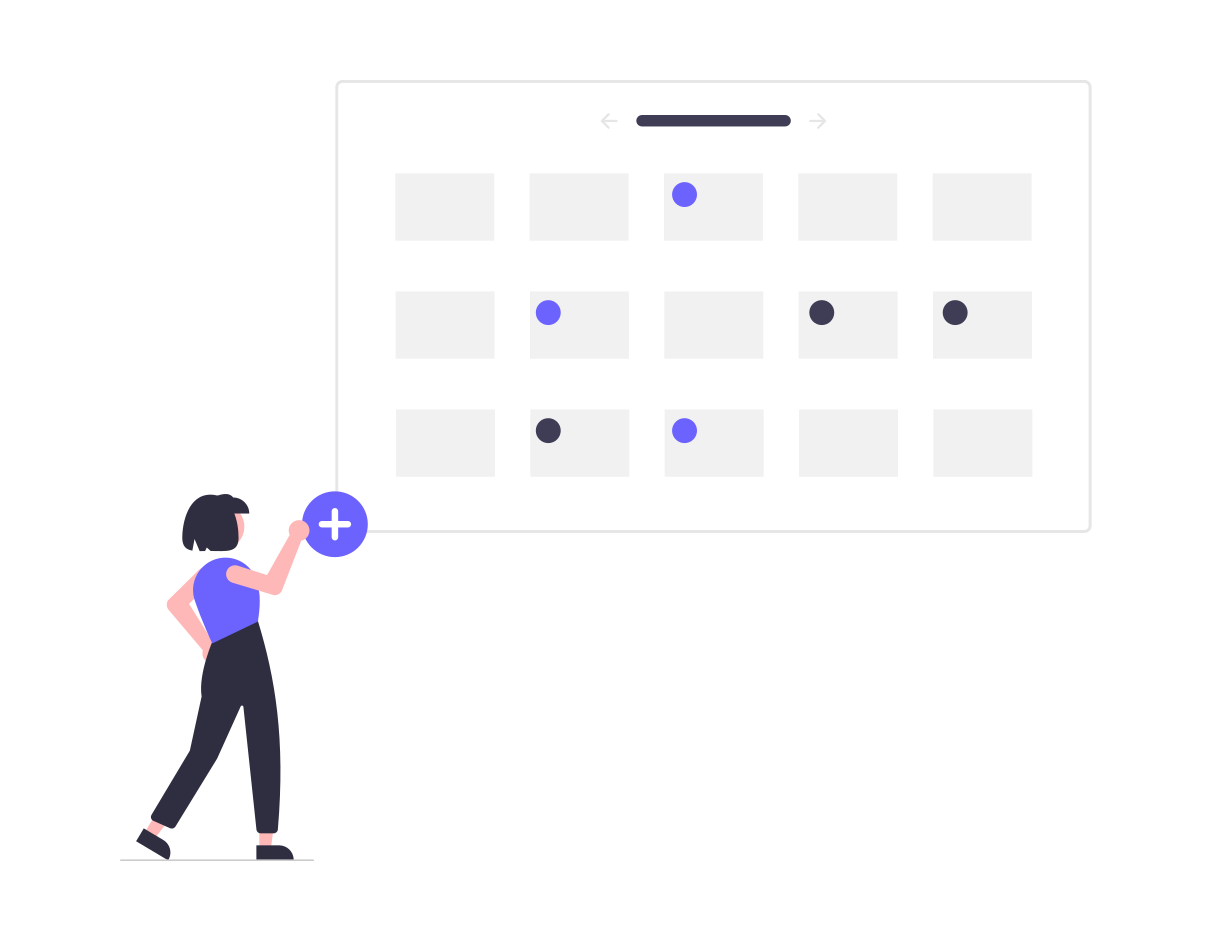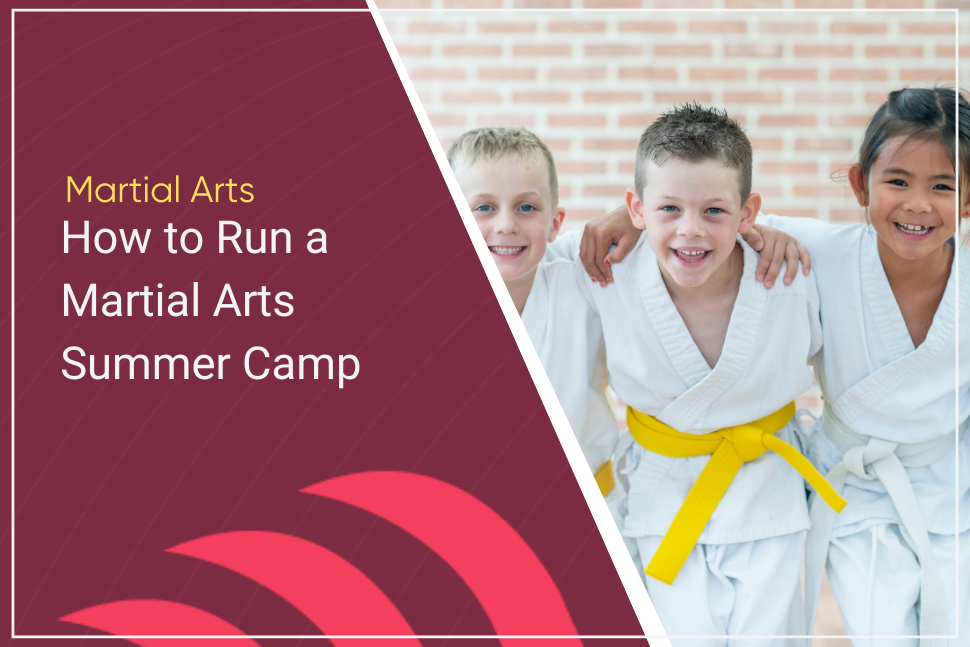If you’ve ever found yourself frustrated or burnt-out on coming up with lesson plans week after week, you’re in the right place.
Here’s the sad truth:
A structured curriculum for classes is missing from too many martial arts schools…
Instead, the most common approach is the “technique of the day” — where an instructor shows a few random techniques during class, often without any unifying theme or relation to previously taught material.
If they’re more diligent, instructors sometimes might prepare a week or two worth of material in advance…
But is that enough?
The problem with these approaches is that it makes it harder to acclimate beginners into the art, regardless of what style you teach.
And it makes it a logistical nightmare to ensure that your more seasoned members all know the proper fundamentals of the system you teach.
Before we continue, it’s worth noting that we’re talking about building a curriculum, not how to create lesson plans. A curriculum is a broader understanding of what students should be learning or focusing on at a given skill or belt level. To know more about lesson planning in particular, check out our article on designing martial arts lesson plans.
The Simple Way to Build 100% of Your Curriculum — Fast
If you don’t know where to start, you’re not alone. Where they exist, curriculums tend to be big, complex, unwieldy.
To make things easier on yourself, follow this simple 3-step process to build your martial arts curriculum:
- Make a list of all the techniques, concepts, and routines you want your students to know from white belt to black belt. At this stage, it’s important you just get everything out. Don’t overthink it.
- Group all the items you listed out into the approximate belt color or skill level (beginner, intermediate, advanced) they fit into. Again, don’t overthink it. You can always move material around later. The most important thing is that you get it done so you have something to work with.
- Map out a rough estimate of how long it will take to cycle through each belt or skill level. This is a roadmap for you, but you’ll fine tune it as you implement it. The most important thing here is that you figure out when and for approximately how long you’ll spend training on each group of materials.
And presto! You’ve got a working curriculum to guide your lesson planning.
So why is it important you get everything out as quickly as possible? Isn’t that haphazard?
Not quite. Here’s the real reason:
It’s always easier to edit or expand something that exists than it is to create something new from scratch. Get it down first, refine it later. It’s how the pros do it.
Now:
In the next two sections, we’ll be applying this framework in more detail: basic curriculum and advanced curriculum. If you’d like to squeeze an intermediate version in between them, follow the same procedure.
How to Cover the Basics
I’m sure you’ll agree:
The most fundamental part of a good curriculum is the basics.
Beginners need the most guidance and structure to help them understand the instruction being taught, and the basics provide the foundation upon which you can expand into advanced instruction.
Your goal with a basic curriculum should be to get beginners up to speed as quickly as possible so that they could better appreciate and enjoy the art you are teaching.
(We can’t delve into student retention in this article, but suffice it to say that you should view your curriculum as an important retention tool.)
For grappling-based martial arts, here’s a useful framework to follow:
- Write down all the positions you consider basic or fundamental.
- For each position, think about the principles that are important to know at the most basic level. Then, list 2-3 attacks you consider core to that position. Repeat the process for escapes and defenses for each position.
- Estimate the number of classes needed to cover each item on the list. Sometimes multiple items can be covered in one session if they complement each other, and sometimes an item might require multiple sessions to cover in full.
And there you have it – an outline of your basics curriculum. The time from the start of the curriculum to the end of it is how long it should take for a new member at your school to know all the basics of the art.
The Missing Piece: Introduction Classes
Even with a structured curriculum, it takes a while for new people to understand the terminology, basic movements, and the expectations on them as members of the gym.
This state of confusion and over-stimulation puts new students at a real danger of quitting classes early or never signing up at all.
Thankfully, that’s where the introduction class comes into play. An assistant instructor takes people in for their first session, pull them aside, and shows them the very basics without going into too much detail.
In BJJ, that might cover the following:
- Basic hygiene and gym rules
- How to put on the uniform and how to tie the belt
- Breakfalls – backwards and sideways
- Forward rolls, backwards rolls
- Shrimping / hip-escapes
- Show the basic positions (Guard, side control, mount, back) and what is the purpose of each
- What is a submission and how to tap
Going over those details should help to reduce confusion and better prepare new people for attending regular classes.
A Case Study: The Heroes Martial Arts BJJ Fundamentals Curriculum
This approach doesn’t seem to be common in BJJ, but I’ve had the privilege of training at an academy that does just that: Heroes Martial Arts in downtown San Jose.
The head instructor, Alan “Gumby” Marques, has a 4 month BJJ fundamentals curriculum that covers all the basic positions in jiu-jitsu, and provides a few options for both offense and defense in each position.
The curriculum repeats itself every 4 months. That means that no matter when you joined the gym, you would have covered the entire fundamentals curriculum at the end of the next 4 months.
Another benefit of this structure is that the same position is covered over the course of several weeks, allowing newcomers to get somewhat comfortable in that position, even if they have never seen it before. Contrast this with instruction that shows a different position every other session (which can be overwhelming to beginners).
It’s no surprise that Gumby’s students are very well rounded.
Advanced Curriculum: Developing Self-Sufficient Martial Artists
Advanced curriculum includes everything that requires a solid grasp of the basics to understand. At this stage, instruction can be more relaxed and free-form comparatively.
And here’s something very important:
You should use your advanced curricular time to cater to the different needs of your gym members.
What Should I Teach in Advanced Classes?
While the basics are generally agreed upon, instructors sometimes aren’t sure what to teaching to advanced students.
I get that. Here’s are a couple of ideas to get you started:
- Building on the basics with more detail and depth
- Trends in the sport (geared towards people who want to compete)
- Your personal game
- Addressing common problems you see people have during sparring
- The games of prominent BJJ fighters
Regardless of what you would like to focus on, it’s good to have structure to it and not revert to “technique of the day” instruction for those classes.
Since the material is much broader than the basics, you don’t always need to have the whole curriculum planned out start to end…
However, choosing a theme and focusing on just that for a few weeks greatly increases the chance that students will be able to retain the material you show.
A Note About Kids Classes…
Kids instruction is different from adult instruction, for obvious reasons. Kids find it harder to concentrate for long periods and to understand abstract concepts.
An effective approach I’ve seen is to replace regular instruction with games that incorporate the movements they want to teach. The goal is to have the kids perform the moves naturally while having fun, and then tie it together as an actual technique they can repeat in sparring.
Thus, while the kids curriculum can be based on the basics curriculum you have, the timeline might need to be adjusted to account for the difference in learning.
You might want to allocate more time to specific parts you feel are more important, and less time (or none at all) to parts of the instruction you feel might be too advanced or dangerous for kids who are beginners (such as chokes).
Kids also need a bigger emphasis on the rules of conduct of the sport, so include more time to cover the material you would normally show an adult during the introduction class.
How to Optimize Your Martial Arts Curriculum
Test, tweak, repeat!
You can keep track of the effectiveness of your curriculum (and instruction) by observing your students during sparring and free training:
- How much of the instruction is retained by students? Ask students questions during instruction to see if they remember what you taught them
- Are students using what you showed them during live sparring and competition?
- Do students still have glaring holes after going through the entire curriculum?
Don’t expect to create the perfect curriculum in one attempt. No matter how much you plan ahead, you can only tell if something works when you try it out in practice, and then observe the results.
Keep an open mind and be willing to update your instruction based on how it’s received and how well it meets the measurements you set.
Conclusion
Building a martial arts curriculum doesn’t have to be as daunting as it sounds.
Using this simple, three-step procedure, you can build a functioning curriculum in less time than it takes to watch a sitcom:
- Write all essential material down for white to black.
- Group that material by belts or skill level.
- Map out how long you’ll study the material before cycling back through or graduating to the next level.
Test, tweak, and repeat until you’ve refined yours into a razor’s edge.
With your shiny new curriculum, you’re more likely to gain and retain students — more money in your pocket, happier members, and fewer marketing expenses.
Here at Gymdesk, we have several features that can help you track the skill progression of your martial arts students and map out your program levels. To find out more on how our software helps enhance martial arts schools, check out our Gymdesk martial arts page.
 Gym Owner Statistics: The State of Gyms, Member Trends, and Usage Data
Gym Owner Statistics: The State of Gyms, Member Trends, and Usage Data



